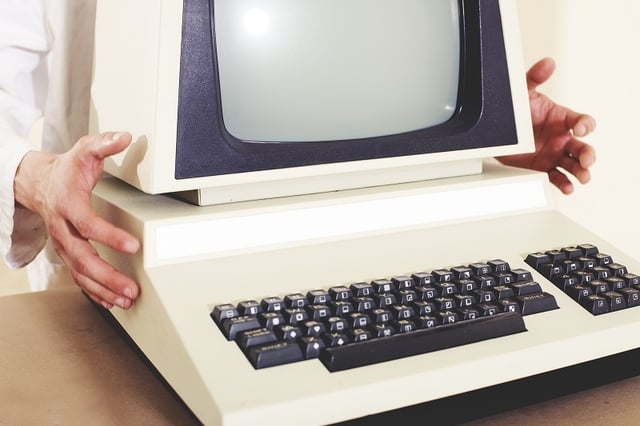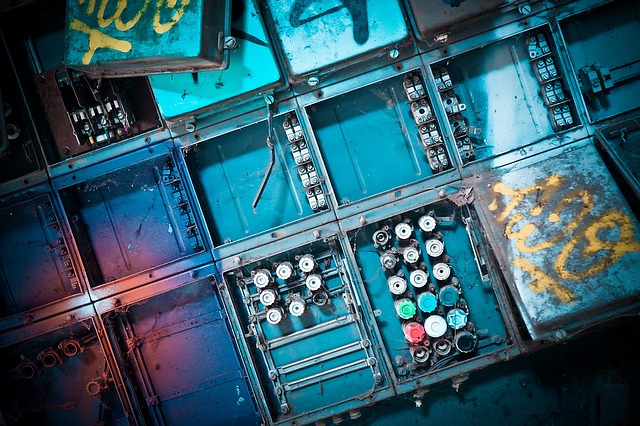2025 Tariffs on Electronics from China: Design and Source Smarter
NOTE: This article was updated on July 3, 2025 to reflect recent information regarding tariffs.
 Losing a key component at the wrong time can be downright terrifying to OEM teams trying to get a product out. So what can an OEM do about obsolete electronic parts?
Losing a key component at the wrong time can be downright terrifying to OEM teams trying to get a product out. So what can an OEM do about obsolete electronic parts?
Glad you asked. There are a variety of tools, strategies, and services -- from simple to comprehensive -- that can help you with obsolescence management.
These strategies can help you do at least one of the following:
Just remember that, depending on the complexity of the part, not every option will always be available.
Does your circuit board maker also offer aftermarket services? To help manage obsolescence, a vendor should offer life cycle analysis and other related services.
A life cycle analysis program assesses the total environmental impacts of a component, from the cradle to the grave. Before you even ship your first products out the door, you can ask your vendor to proactively look for parts that will need replacing and quote you for alternative components. You’ll look super prepared (but avoid the hard work).
Some electronic contract manufacturers also offer a “snapshot in time” version of these services. Example: if you’re worried about a specific vital component on your PCB assembly, you can ask your assembly partner to run a quick analysis.
There are also independent companies out there that provide obsolescence management services.
You can use a program like SiliconExpert (our personal favorite) to find component life cycles. A database like this can help you search millions of components for detailed risk information, such as:
This keeps you from having to search dozens of manufacturer websites to find out whether a component is still viable. The company notifies you of an incoming component shortage by auto-generating an email.
As a related bonus, these databases can also give you part change notices. These notices can affect how your product functions, so it’s an excellent add-on for those seeking obsolescence services.
Best of all? Some full-service electronic manufacturers bundle programs like SiliconExpert to help with your inventory and obsolescence management. So if you’re leveraging a company like this to build your PCB or similar assemblies, they’ll manage SIliconExpert for you and even be the first point of contact for notifications.
Alternatively, some companies that offer kitting services or component verification may provide this data to you to help manage your supply chain.
This one’s on you. To help fight obsoletion, take charge and keep your suppliers in the loop with your manufacturing plans.
Tell your parts distributor:
The foresight of a higher-volume, continuous order may actually inspire the manufacturer to continue making that semiconductor you need (as long as it’s financially worth the effort).
Yes, many options on this list are reliant on another manufacturer communicating with you. But one way you can help yourself out is by buying what you can while you can.
That’s where the last-time buy (also called lifetime-buy) comes in. If a component is crucial to your design, definitely make a final bulk purchase, before it goes to the graveyard.
Last-time buys are great in that they give you a chance to stock up in case you’re making a regulated product, or current business conditions won’t let you redesign your product. A last-time buy lets you ride your product through in its current form until you find another solution.
Once a component maker sends an end-of-life notice, estimate how many of that part your products will need for their lifetime and buy as many as you can. You’ll pat yourself on the back later.
To free your project from the shackles of obsolete parts, design with future redesigns in mind. Redesigns can help you market the product to a different audience down the road.
Does your electronic manufacturing partner have a functioning engineering team on staff? If so, it can help with that redesign.
If you aren’t aware of the protocol for end-of-life, product change, and other notifications, how will you be prepared for obsoletion? A few tips:
At the rate electronics change these days, you’ll probably never be able to plug every leak at once.
That’s why, if you don’t have the capacity to worry about obsolescence, it’s best to find a trusted electronics manufacturer that also offers complete obsolescence services. The very best ones at this will pretty much handle #s 1-6 above -- all in one. Sometimes an OEM’s best move is outsourcing the problem!
Click below for more on aftermarket services:
.jpg)
NOTE: This article was updated on July 3, 2025 to reflect recent information regarding tariffs.

If you’ve put in the hard work of designing an electronic product, chances are you have high expectations for its success with your target market....

If there's anything certain in the U.S.-China tariffs staredown, it's uncertainty.